Lanzarote Holidays - Travel Guide
Lanzarote. In the Canary Islands, it is the oldest of the seven îles. A land of fire made up of lunar landscapes and emblematic volcanoes, the beauty of its nature is phenomenal and unique, so much so that it is part of the closed circle of UNESCO classified reserves. Indeed, Lanzarote is here compensated by some strategic choices pushing a preservation of its environment and resources. Choices that pay off! This jewel, still sublimated by the contrasts of a wild Atlantic Ocean that surrounds it, deserved some wise decisions. Like subtle diamonds on fine lingerie, the white houses whose architecture and design respect Mother Nature are grouped together in small villages whose typicity is reassuring. The coherence is total. What charms can be extracted from such a clear and assumed identity. There is a culture «lanzaroteña» marked, clean and superb. Close to the African cultures that it looks up to, this Spanish culture lives under the auspices of a mild climate where rain is rare. A gentle wind constantly refreshes the lucky visitors who stroll through the sublime freezing lava fields, here the breathtaking panoramas and the few beaches whose naturalness is simply sumptuous. It's a great place to be.
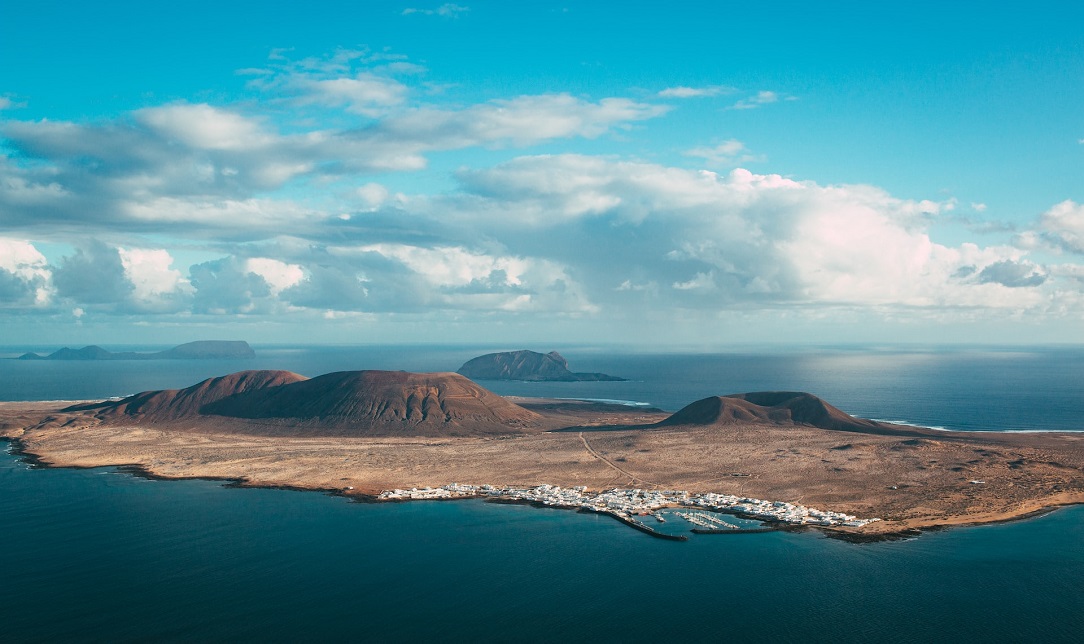
When to leave à Lanzarote?
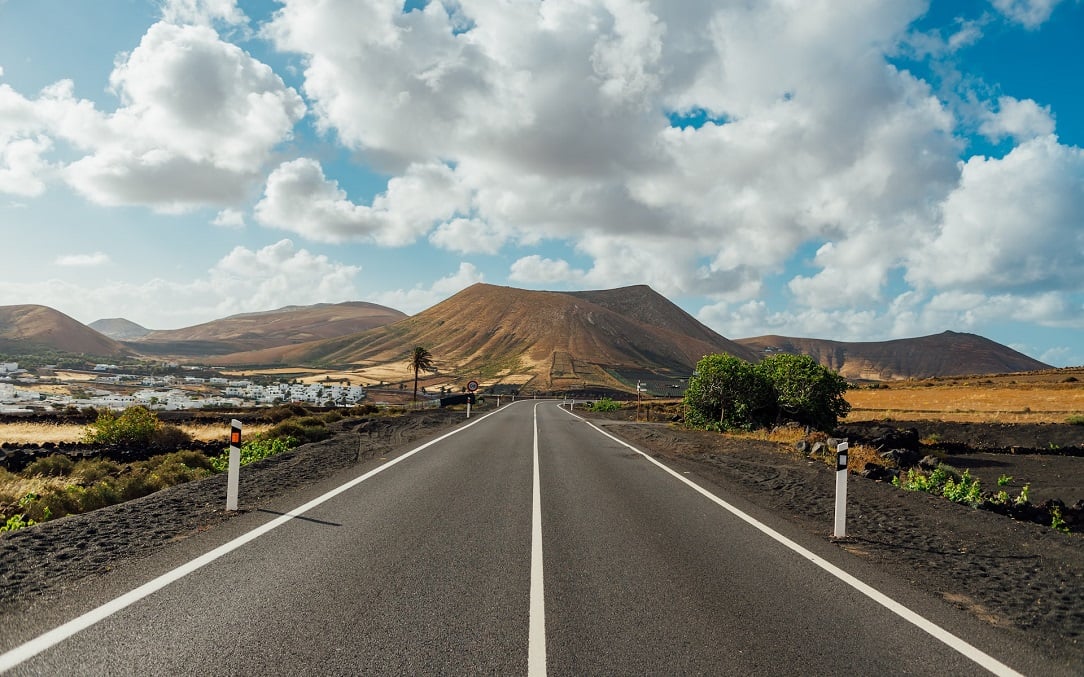
Because of a subtropical climate that is very mild, the Canary Islands have this advantage of being able to take holidays there all year round. Thus, one can visit Lanzarote in winter as well as in summer, and spend the day there in spring as well as in autumn. Average temperatures range from 20 to 30 degrees Celsius. Swimming is popular during the summer period, which runs from June to November. For these reasons, an expedition here can really be considered twelve months out of twelve.
Why visit Lanzarote?
For its ubiquitous nature and its connection with the architecture
Greener than Fuerteventura, less volcanic than Tenerife. Lanzarote is the best island from the Canaries to enjoy ubiquitous nature, often associated with some form of art or architecture. Wild and mineral at the same time, arid and green, deserted and populated in places, Lanzarote is a true paradox. It is in this paradox that we find the fusion of art and nature, the works of Cesar Manrique and the incredible landscapes of Lanzarote. It is thanks to this artist, who was able to perceive the importance of preserving the natural spaces of his native island, that it remains little urbanised today. Advertising hoardings are banned, only traditional buildings are allowed, and no more than two storeys away. One more reason to visit Lanzarote and its beautiful landscapes.
For the multitude of outdoor activities to try
Notice to thrill seekers: Lanzarote is your paradise! With year-round warmth and pleasant temperatures, strong winds and the nearby ocean, the Canaries are perfect for enjoying outdoor activities. The more classic and easy ones, running, cycling or snorkelling, are ideal for exploring the island and its magnificent surroundings. But during your day on Lanzarote, try your hand at sports such as surfing, kitesurfing or scuba diving. And for even more thrills: head to the playa Quemada for a paragliding tour over the volcanoes. Guaranteed effect!
What to do/see à Lanzarote?
Visit Timanfaya National Park
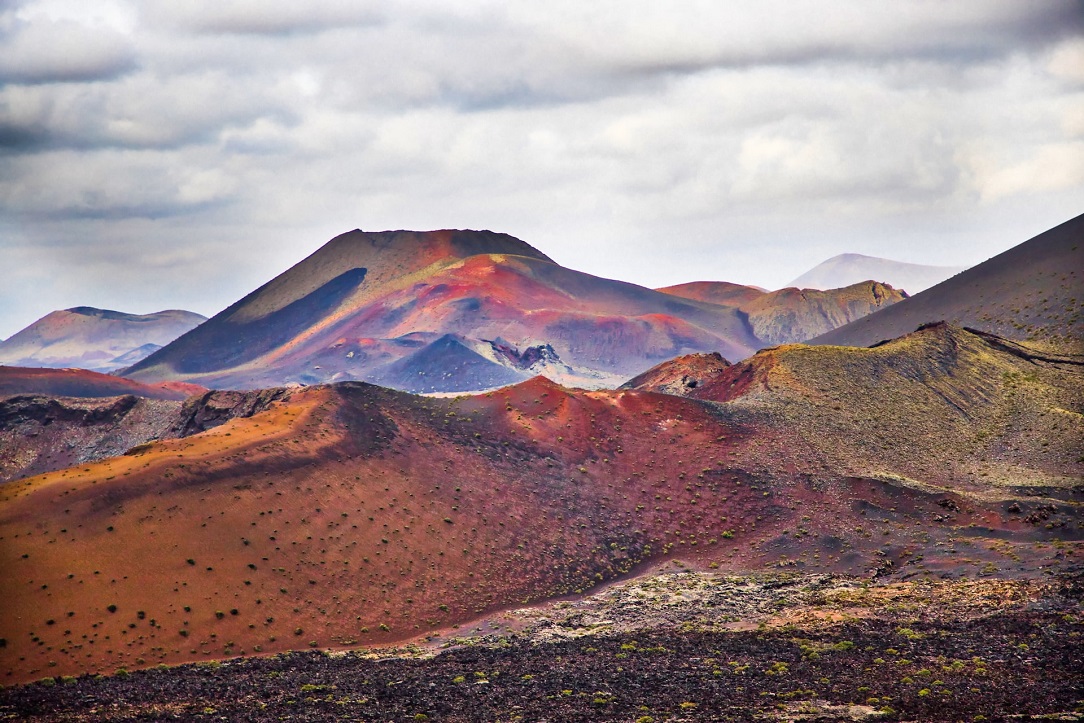
The island is renowned for its exceptional nature. Explore it in the heart of the Timanfaya National Park, the must-see of Lanzarote. A lunar landscape, formed of volcanic craters tinged with black, brown, ochre, yellow and blooming with bright red. Unfortunately, walking is not allowed in the park, but it is easy to visit by bus, which also includes a guided tour of the site. For 12 euros, access to the park promises a fascinating journey through a fascinating landscape.
Walk around the typical villages of Teguise, Yaiza and Tenesar
Teguise, in the heart of the land, was once the capital of Lanzarote. Stroll through its narrow streets of authentic architecture, dotted with small immaculate houses. In the centre of the village, the Nuestra Señora de la Guadalupe church with its remarkable bell tower dating from the 15th century is a must-see.
To the south this time, Yaiza is one of the villages not to be missed, and often considered the most beautiful town on Lanzarote. Set in the gold of the Park of Timanfaya, this uniquely charming little town is a white and green paradise set against a black volcanic backdrop.
Finally, don’t miss passing through Tenesar, this hamlet known only to locals and of unparalleled beauty. At the end of a track that undulates through an ancient lava flow, discover this wonderful little fishing port where the Atlantic Ocean meets the volcanic coastline in a sublime array.
Resting on Papagayo beach
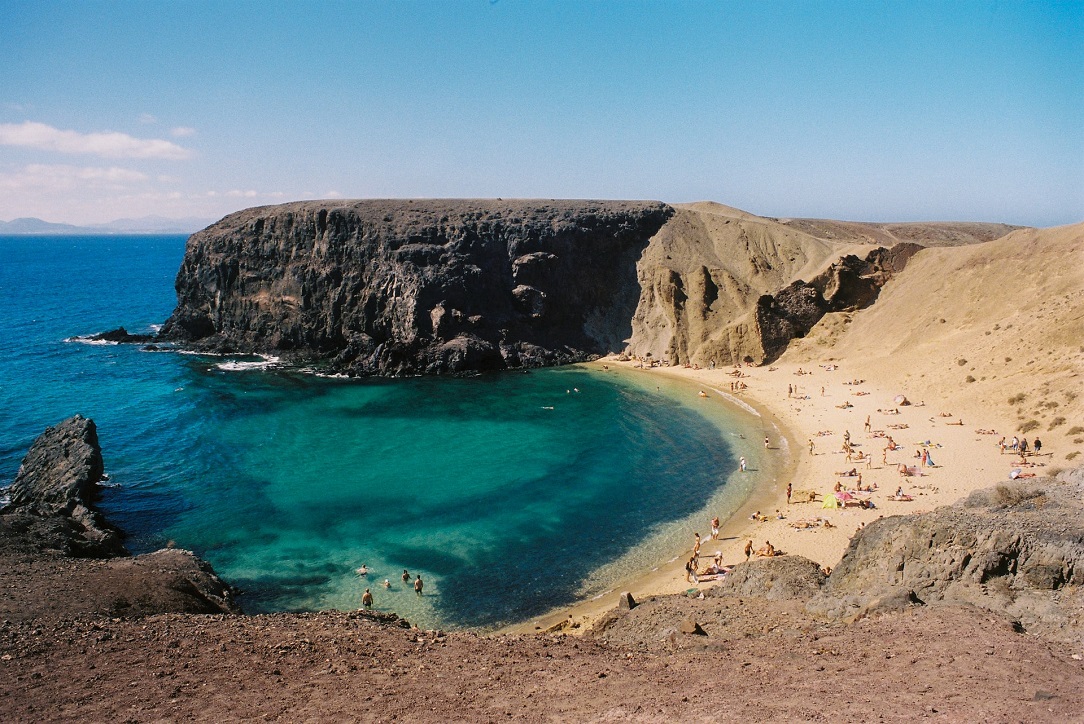
Often acknowledged as the most beautiful beach on Lanzarote, the Papagayo Beach is a diamond in the rough on the south of the island. Between two brown cliffs is a small beach facing turquoise water. Ideal for swimming with children, this cove is isolated from the wind and the water is calm. No shade though! The best time to learn about Papagayo beach is then at the end of the day, to see the sun set over the Fuerteventura island just opposite.
What are the activities not to be missed on Lanzarote?
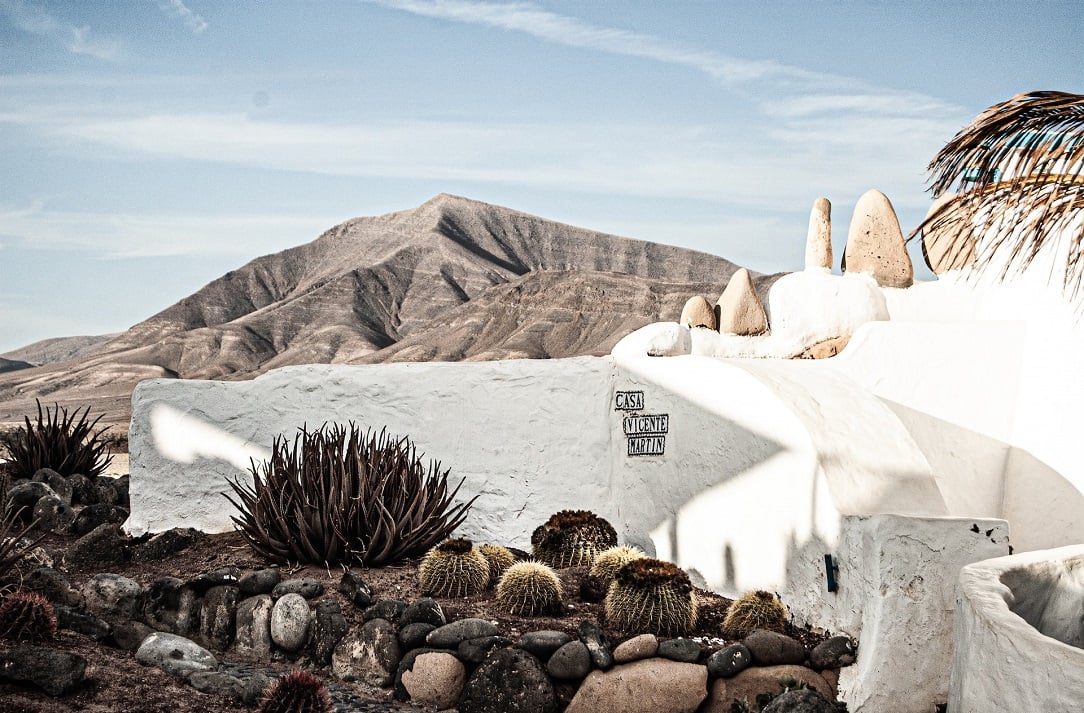
Covering the vineyards of Lanzarote
The Canary Islands are arid lands where wine is scarce. Yet on the volcanic slopes, in the middle of a road that joins Teguise à Yaiza, you'll see vines as far as the eye can see. A green that contrasts with the black of the land, where the vineyard is formed in a circular way or lined by small walls. Photographers are advised: the vineyard offers a breathtaking spectacle to capture any moment of the day.
On this wine route, there are many bodegas, wineries where you can taste the wine of La Geria and buy a few bottles of the famous wine of Lanzarote to treat your loved ones to.
Hike the craters of Lanzarote.
As a volcanic land, Lanzarote offers exceptional hiking trails in the craters formed by the eruptions. One of the most beautiful routes: the Caldera Blanca, forms a 6-9 kilometre loop in a lava field around the crater. The broad Monte Colorada is, on the other hand, more accessible, with no gradient and only 4 kilometres long. It is the ideal way to do Lanzarote with children.
To get off the beaten track and discover a spectacular canyon, head to Las Grietas. This miniature version of Antelope Canyon in the USA promises a sensory journey like no other, and away from the tourist attractions.
What are the must-see visits à Lanzarote?
The works of César Manrique
The native artist has greatly influenced the natural and cultural environment of this island. The César Manrique Foundation à Tahiche, and the Named House-Museum à Haria, are two spaces paying tribute to him. Discover his work through these two places, whose architecture is typical of Manrique. Take advantage of a combined rate of 17 euros for a visit to both places.
&One of Manrique's new works, Jameos de Agua covers the architect's magnified lava tunnels, in which he created a unique and magical universe.
Taking in the view at Mirador del Rio
The Mirador del Rio is, first of all, an exceptional viewpoint over the La Graciosa island and the volcano of Corona, culminating at 640 metres. It is also an unusual place, where César Manrique has put his characteristic touch. On this promontory, a space with a futuristic look is revealed, half hidden in the volcanic rock. With whitewashed walls, portholes and panoramic windows, this is undoubtedly the most beautiful viewpoint on Lanzarote. Take a break at the Mirador del Rio and have a drink behind the huge windows. A moment out of time.
Not far from the Mirador del Rio is the Mirador del Guinate. Less well known, and therefore less frequent, it offers the same exceptional view of the archipelago of Chinijo. It can be a good way to enjoy the view without the crowds.
How long will you be away from Lanzarote?
We like to take holidays to Lanzarote for a duration that varies according to our desires. You can enjoy it for a weekend or for several weeks. You will then have plenty of time to cover the island from one side to the other, and to enjoy a few moments of relaxation.
